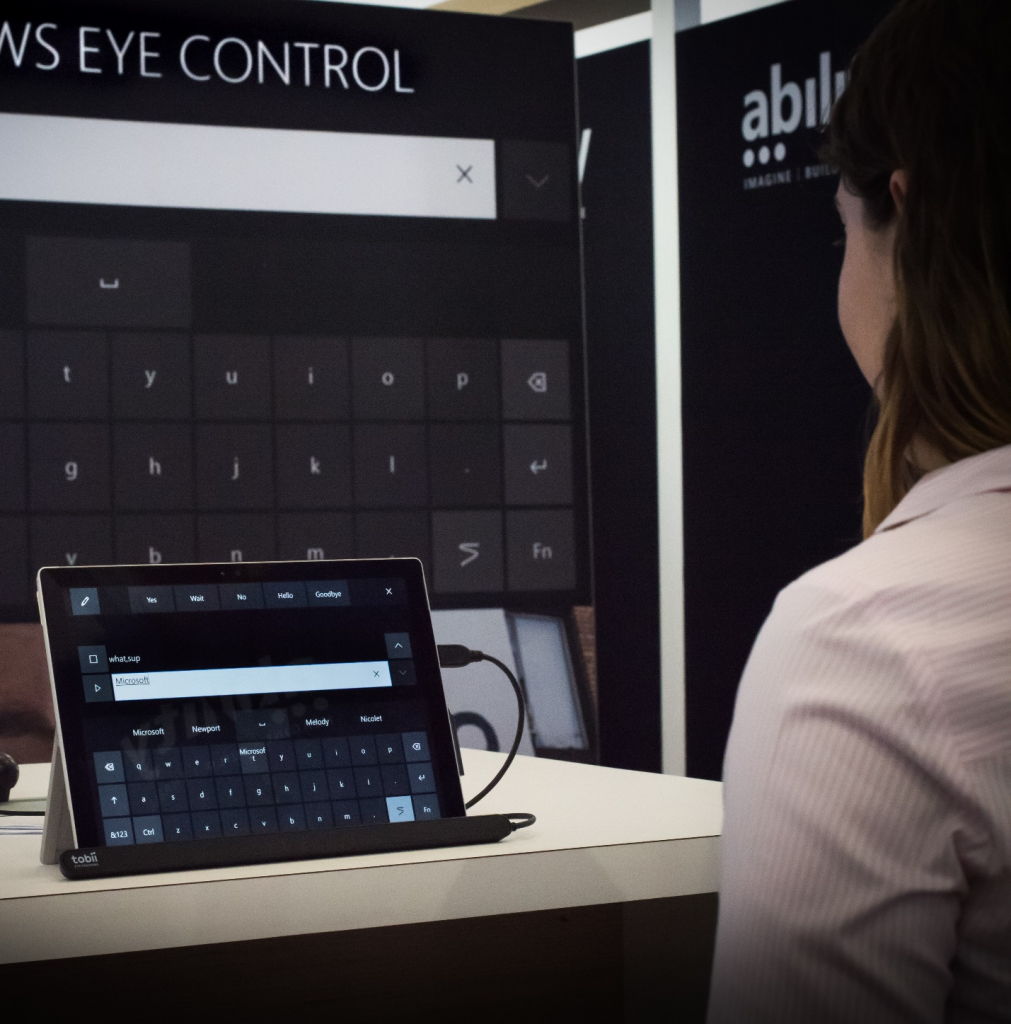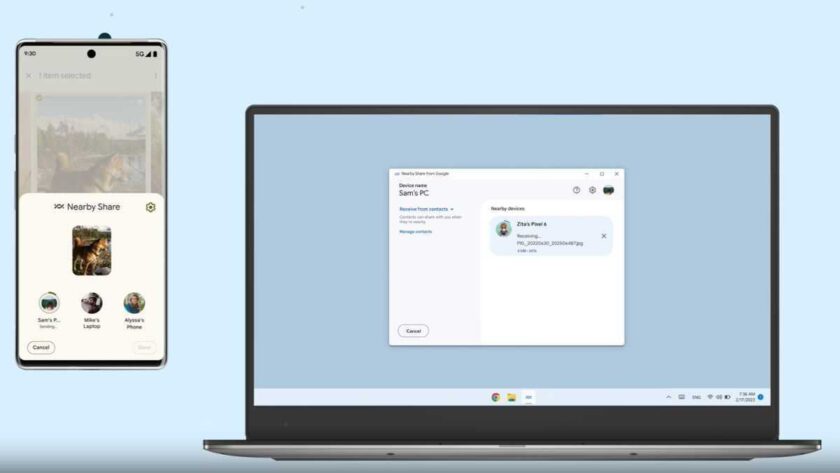Microsoft is planning to add native eye tracking support into Windows 10.
The new support is primarily designed to help those suffering from neuro-muscular diseases like ALS and other disabilities to control the various interface elements in Windows 10 without a traditional mouse and keyboard. This ranges from gazing at apps to launch them, or using an onscreen keyboard to glance at characters and type out words.
Dubbed Eye Control in Windows 10, the new feature will require hardware like Tobii’s Eye Tracker 4C. Microsoft has worked closely with Tobii to enable this support, and existing devices like Tobii Dynavox PCEye Mini, PCEye Plus, EyeMobile Plus and I-series will all be supported soon. Eye Control in Windows 10 is in beta now, and participants will need to sign up to Microsoft’s Windows Insider program to get access.
Eye Control makes Windows 10 more accessible by empowering people with disabilities to operate an onscreen mouse, keyboard, and text-to-speech experience using only their eyes. The experience requires a compatible eye tracker, like the Tobii 4C, which unlocks access to the Windows operating system to be able to do the tasks one could previously accomplish with a physical mouse and keyboard.
Right now, Eye Control is in beta and people interested in early testing and providing feedback can sign up to be a Windows Insider. It’s not clear exactly when this eye tracking support will be available broadly, but given Microsoft recently started working on its March Windows 10 update, we’d expect to see eye tracking appear next year.




